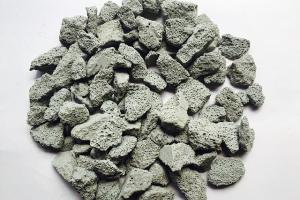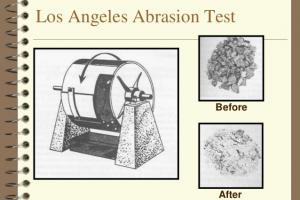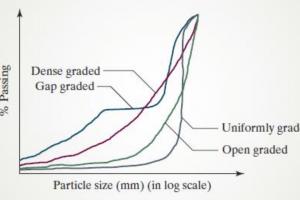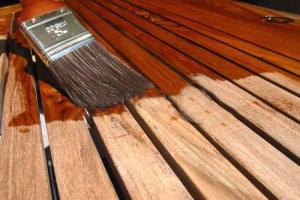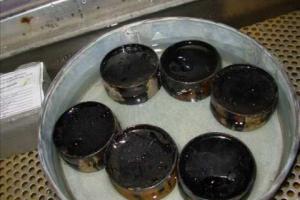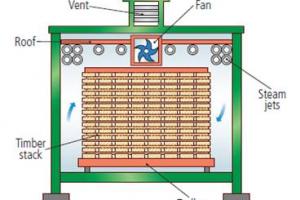Properties of Hydraulic Lime
1. Composition
Hydraulic lime is obtained from limestone or kankar, containing a very small %age of free sand and soluble silica combined with 10-39% of clay and magnesium carbonate. It also contains CaCO3. These components impart the property of Hydraulicity to lime.
2. Behavior in slaking:
Hydraulic lime slakes very slowly (sometimes taking several hours even days to do so) without producing appreciable heat or noise and increase in bulk only slightly. If hydraulic lime is used in plaster and if some of its particles remain unslaked, it may absorb moisture from the atmosphere causing the particles to slake making the wall disfigured.
3. Shrinking:
hydraulic lime has much less tendency to shrink and crack and a small proportion of sand (equal or 1-1/2 times) cures it. If more sand is put the mortar becomes weak.
4. Hardening or setting:
In hydraulic lime the comples aluminium-calciun silicate splits into simpler compounds of calcium silicate and calcium aluminates which crystallize in the presence of water to form a hard mass of great strength even in the interior parts of structure and the calcium hydrates highly soluble in water comes out to the surface, gets CO2 and crystallizes to CaCO3 and hardens.
5. Strength:
The silicates and aluminates formed by hydraulic lime are as hard as stone. Hydraulic lime is suitable in all positions where strength is required.



